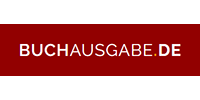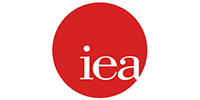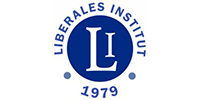Could Digital Currencies Make Hayek’s Denationalization of Money Dream Come True?
Could Digital Currencies Make Hayek’s Denationalization of Money Dream Come True? And can a basket of cryptocurrencies be the new world monetary basis? Perhaps it is too early to answer these questions, as the cryptocurrencies and the blockchain revolution is only at its very beginning and digital moneys such as Bitcoin or Litecoin are still considered by many famous economists and investors only as a big financial bubble ready to burst. But, left aside all the speculation-related issues, that certainly surround the current digital currencies market, one may be brave and answer in a positive way. In his best-seller book “The Denationalization of Money” (1976) Friedrich Hayek expressed his thoughts about the role of currencies, by advocating the establishment of competitively issued private moneys, against the public money issued by central banks. Those central banks that still have the decisional monopoly power on money today.

In 1978 Hayek published also a revised and enlarged edition of the book entitled “Denationalization of Money: The Argument Refined”, where he proposed a monetary system where, rather than entertaining an unmanageable number of currencies, markets would converge on one or only a limited number of monetary standards. According to Hayek’s idea, private business should be given the opportunity to issue their own private currencies, which, thanks to the free market mechanisms, would compete for acceptance. The acceptance of a currency is given by its reaching the stability in value, as competition tends to favor currencies with the greatest stability, since currency devaluation hurts creditors, while a revaluation hurts debtors. Therefore, stability emerges as a “spontaneous order” of the market, rather than through a political decision made by central bankers, through the “monetary policies”, for whatever they mean. Hence, customer-citizens would choose the monies which they expected to offer a mutually acceptable intersection between depreciation and appreciation. Hayek maintained also that institutions may find through experimentation that a basket of commodities forms the ideal monetary base. Institutions would issue and regulate their currency primarily through loan-making, and secondarily through currency buying and selling activities. It is postulated that the financial press would report daily information on whether institutions are managing their currencies within a previously-defined tolerance.
If we analyze now the market of cryptocurrencies, we can easily observe the presence of many elements characterizing the Hayekean monetary world. First of all, private issuing. Digital currencies are completely issued trough a private mechanism, linked to the computerized mining process, which is somehow comparable with the more classic gold mining. And, yes, Bitcoin has often been assimilated to gold. Of course, there is a huge difference between the precious metal and a digital currency, as the first is a metal, with specific features such as brilliance, durability, beauty and preservability over time, which of course a digital currency does not possess. Nevertheless, cryptocurrencies could have a common feature with gold, which makes them candidates for being the base of a monetary system: scaresness. According to Bitcoin creators, the most famous digital currency of the world should be issued in the limited quantity of 21 million. Not a bitcoin more. Once the total quantity would be achieved, the skyrocketing price should stabilize or change according to the demand/supply law. Gold, as well, is limited, although nobody can quantify its precise quantity. We only know that this quantity is finite.
The ability of digital currencies to be used as a medium of exchange, in finite quantities and in a decentralized issuance could make them suitable for being the base of a libertarian monetary system. Of course, they are not perfect monies, as one may argue that they can be stolen by hakers from savers’ digital wallets, their limit may be raised by miners’ decisions and so on. We are just at the very beginning of what could be a monetary revolution. Only time will demonstrate if these new currencies will be adopted as the new world monetary standard or they will disappear as fast as they has been introduced. And, yet, after having seen the disasters committed by central bankers through their “ultra-expansionary” monetary policies (read, print fiat money as much as you can) these new instruments deserve a chance.































